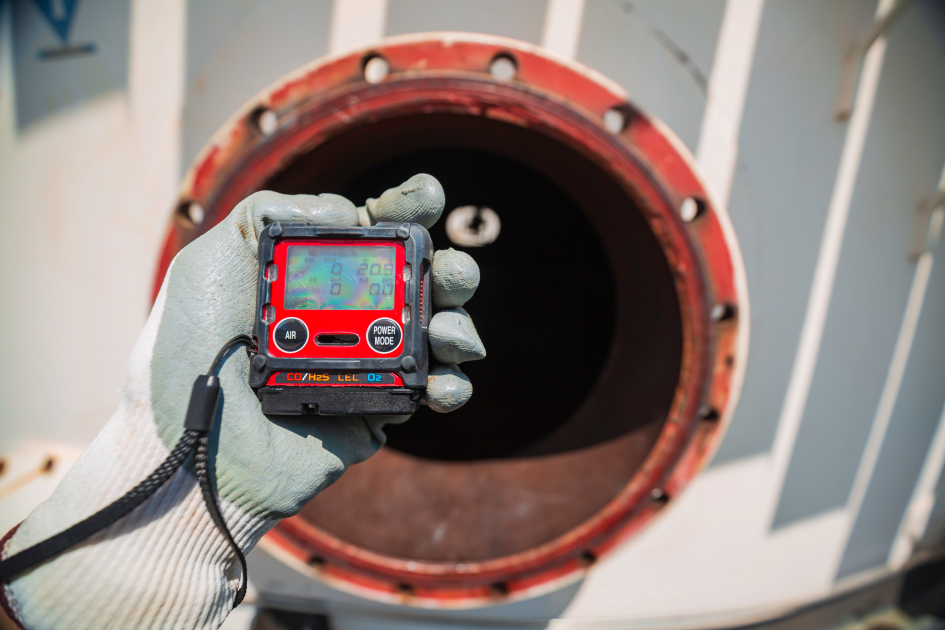Non-Destructive Testing (NDT) is an important tool in evaluating the condition of materials and structures. The methods of NDT allow for the detection of potential failures and defects without causing any damage to the item being examined.
These techniques can be used in various industries such as aerospace, manufacturing, construction, and oil and gas. In this article, we will explore some of the most common NDT methods used today.
Ultrasonic Testing (UT) uses high-frequency sound waves to detect internal defects in materials. The sound waves are directed into the material being tested, and any reflections or echoes that are produced can be analyzed to detect defects such as cracks, porosity, and inclusions.
UT is particularly useful for testing materials that are dense, such as metal or composite materials.
Radiographic Testing (RT) uses X-rays or gamma rays to create images of the internal structure of a material. The images produced can detect internal defects such as cracks, porosity, and inclusions.
RT is particularly useful for testing thick-walled materials or components, such as welds in pipelines or pressure vessels.
Visual Testing (VT) is one of the oldest and simplest methods of NDT. It involves inspecting the surface of a material with the human eye to detect any defects such as cracks, corrosion, and surface imperfections.
VT can be used on a wide range of materials, from metal to wood, and is particularly useful for detecting surface defects.
Magnetic Particle Testing (MT) uses a magnetic field to detect surface and near-surface defects in ferromagnetic materials.
A magnetic field is applied to the material, and any defects will cause a distortion in the magnetic field, which can be detected by the trained operator.
MT is particularly useful for detecting defects such as cracks, laps, and seams in metal components.

Liquid Penetrant Testing (PT) uses a liquid to detect surface-breaking defects in a material. The liquid is applied to the surface of the material being tested, and any defects will cause the liquid to penetrate into the material.
After a certain amount of time, the liquid is removed, and any areas where the liquid has penetrated can be detected by the trained operator. PT is particularly useful for detecting surface defects such as cracks, porosity, and laps.
Acoustic Emission Testing (AE) uses sound waves to detect changes in a material that may indicate a defect or weakness.
The sound waves are produced by the material itself, and any changes in the sound pattern can indicate a defect or weakness, such as leaks or cracks. AE is particularly useful for detecting defects in large structures such as bridges, dams, and buildings.
Thermographic Testing (IRT) uses infrared cameras to detect temperature variations in a material that may indicate a defect or weakness.
The cameras are used to detect thermal gradients, electrical hotspots, and leaks, which can all indicate potential defects or weaknesses in the material. IRT is particularly useful for detecting defects in electrical and mechanical systems.
Leak Testing (LT) uses pressure or vacuum to detect leaks in a system or component. The system or component is pressurized or vacuumed, and any leaks will cause a drop in pressure or vacuum.
The trained operator can then detect the location of the leak. LT is particularly useful for detecting leaks in pipelines, pressurized vessels, and fuel tanks.
In conclusion, NDT is a crucial tool in the field of quality control and maintenance. The different methods of NDT allow for the early detection of defects and potential failures, helping to ensure the safety and reliability of equipment and structures.
The choice of method depends on the type of material, the nature of the defects, and the required accuracy of the test. It is important to note that NDT requires trained and certified personnel to perform the tests and interpret the results.
.png)








